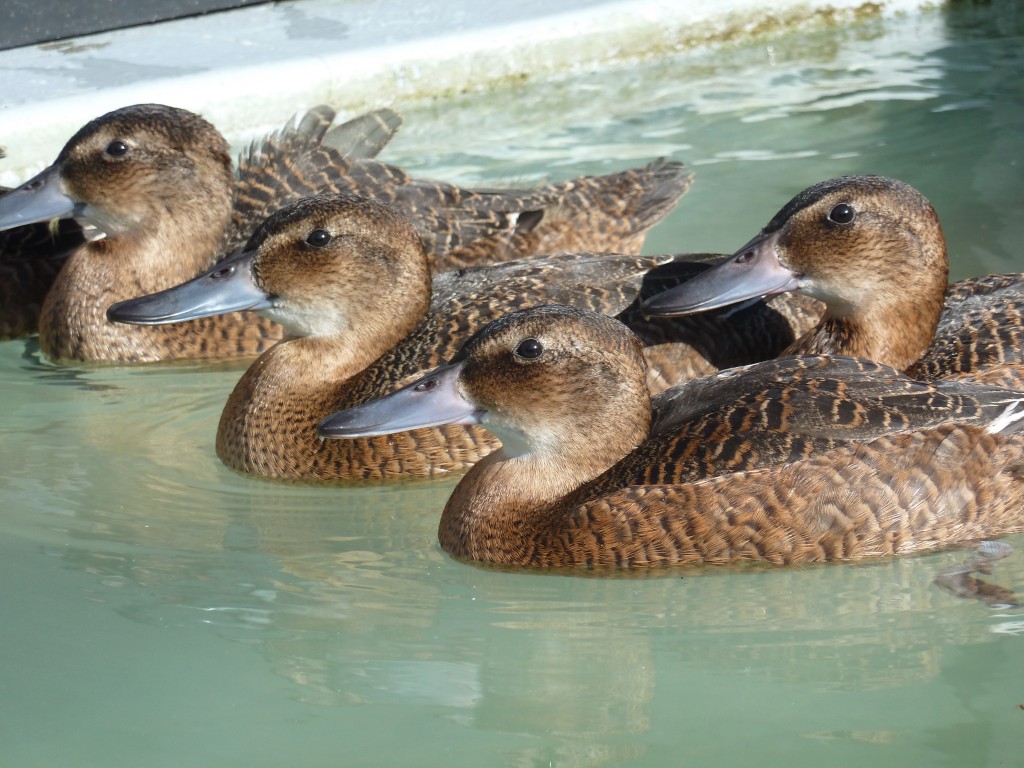Juvenile highlights this autumn.
Its so pleasurable to walk around the duckery at the moment. The month of October tends to mark the culmination of a season of hard work as you witness your juvenile charges really start to mature into proper adults.
Below, the large flock of European Goldeneye are now clearly identifiable. The males are developing their white cheek patches, and their juvenile brown mohawks are starting to turn navy blue. This group is really quite special. They are social birds, drifting around their island as staff work alongside them; checking out our activity. The females are nearly always at the front, with the males showing a bit more caution. They are in lovely shape and feather condition, and have been spending a lot of time diving in recent weeks. Diving for crustaceans and worms and all manner of fauna helps keep their muscles in shape, and we encourage this also by feeding some pellet on the bottom of the pond daily. Very soon we will start to distribute the birds bred and reared at WWT Slimbridge around our other 6 bird-holding centres, so i'll make the most of gazing at them while I can.
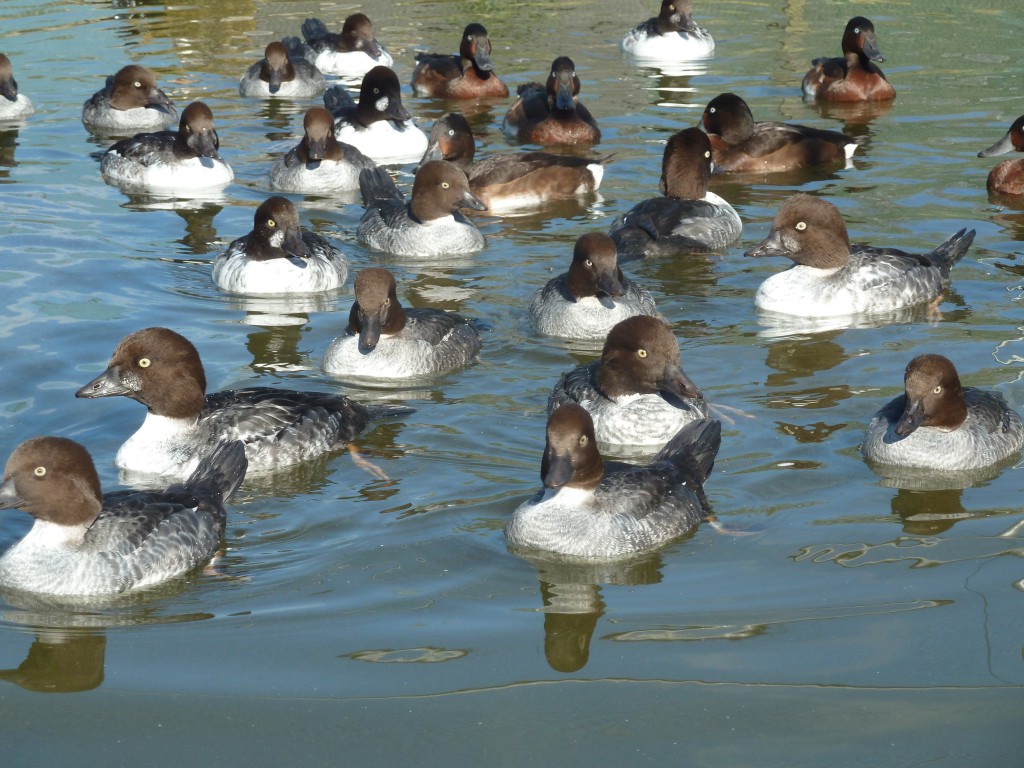
Amongst these gorgeous girls and boys also lurk some other specialities; some Baers pochard! I mentioned in a previous post how desperate the plight of the species currently is, and I am glad to report the successful rearing of all 7 of the ducklings that we hatched this season. As previously mentioned, these will soon be tested for genetic purity along with all WWT examples of the species. In the meantime it is my job to keep these birds in tip top condition.
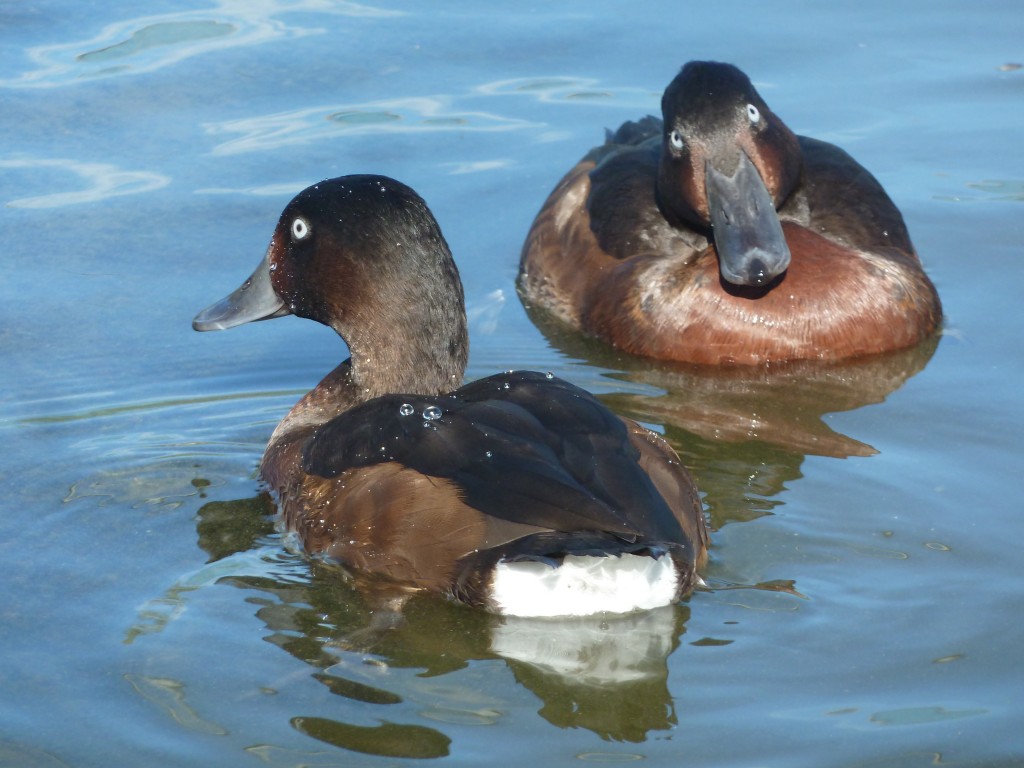
Everyone loves a White-backed duck, and it seems that even it's mates sharing the pond think that this male WBD is a 'bit of alright'! As the only example on the pond, the other stifftail seem to regard this particular male with a certain reverence. He lets himself down a bit at feed time however when he swims right up to me, gapes his beak wide open, and squeaks for special feeding attention. He sure knows what he wants out of life! We are desperately in need of them too, as the original stock of breeding birds of 2005 are really starting to age, and we need to culture some new breeding pairs to take over the throne.
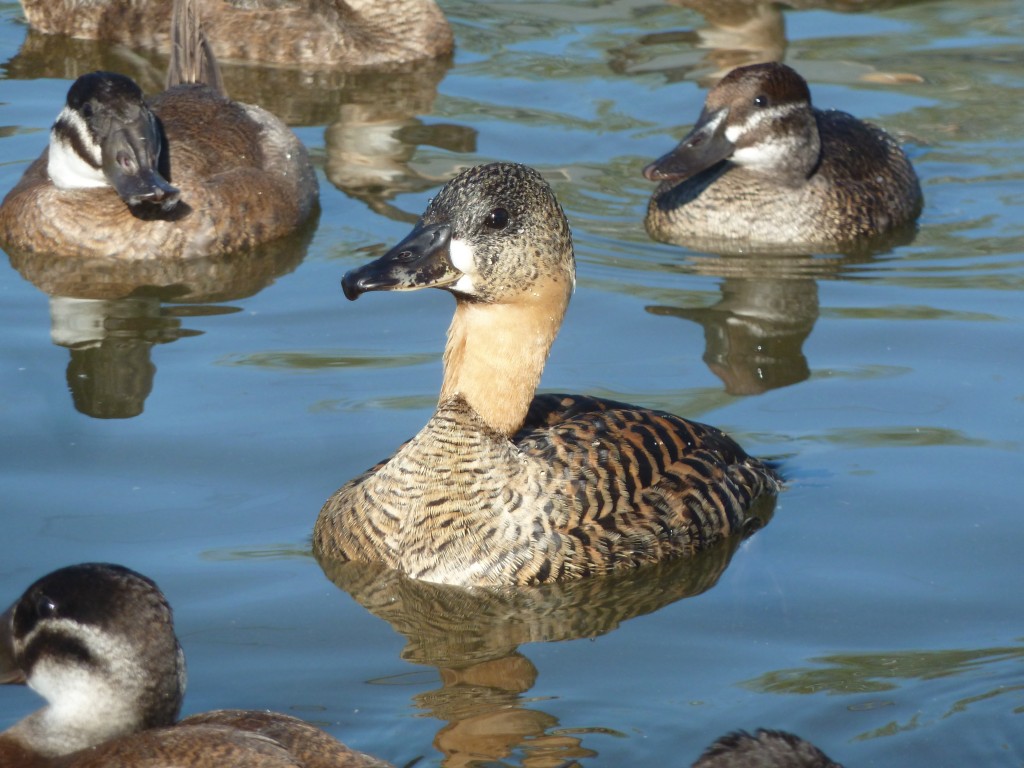
Not all the birds in this list however are as special... I tend to think of the Falcated duck as one of the most vacuous of all wildfowl. Their "look at me" plumage is indeed beautiful, but these remarkable tubby ducks have the most remarkable fat belly known to man, and breeding males often have handsome silver flanks which brush the ground as they display! It seems a miracle that they are fertile! You can see that this juvenile is now slowly revealing his sex as the first of the adult feathers start to poke through. There is a hint of a green flash on the head, delicate striped feathers showing on the mantle, a stonking mullet on the back of the neck and some stunning black and white circular breast feathers. This certainly looks like a lovely bright eyed bird and will make a valuable addition to the collection.
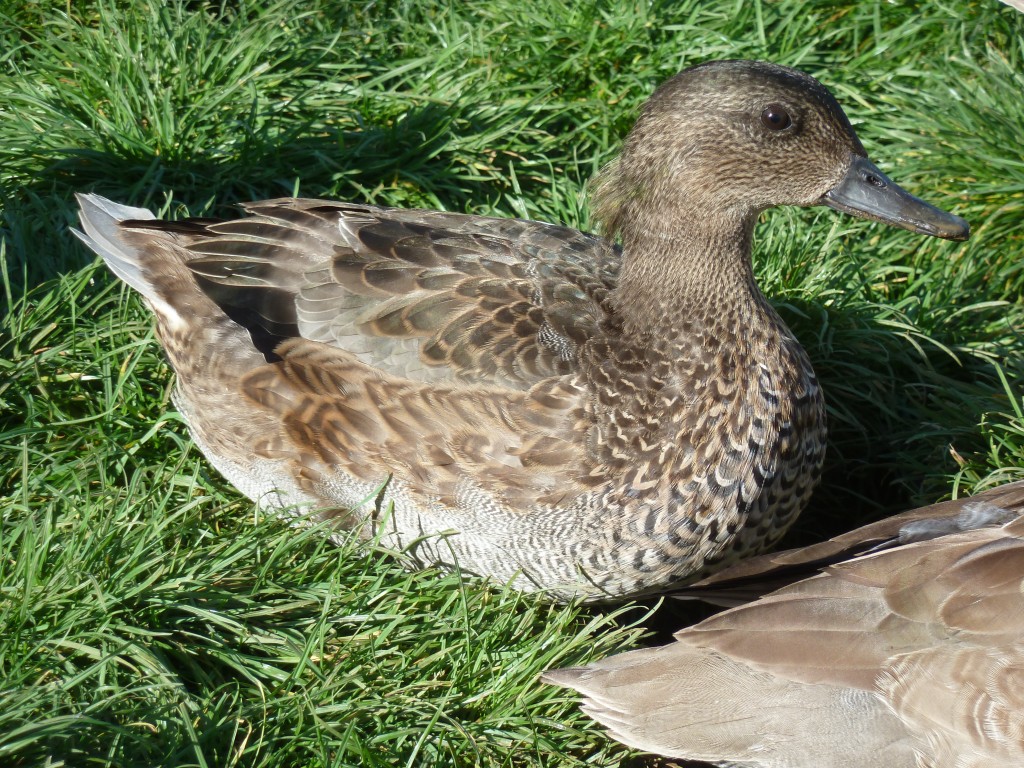
So you may not have seen all that much of the Brazilian teal before, especially in recent years when the glasses airer in the tropical house was out of order! Since the adoption of the Orinoco geese in the South American side pen however, a small group of them have been put out on display to accompany them. These sweet little ducks have two aesthetic personalities. First this demure little brown duck with cute orange legs, and secondly a veritable cloud of colour as they whip out their vast irridescent wing bars and shine in the sun. Coupled with a cute little honk of a breeding display and some enthusiastic head bobbing, this lovely teal should be everyone's favourite.
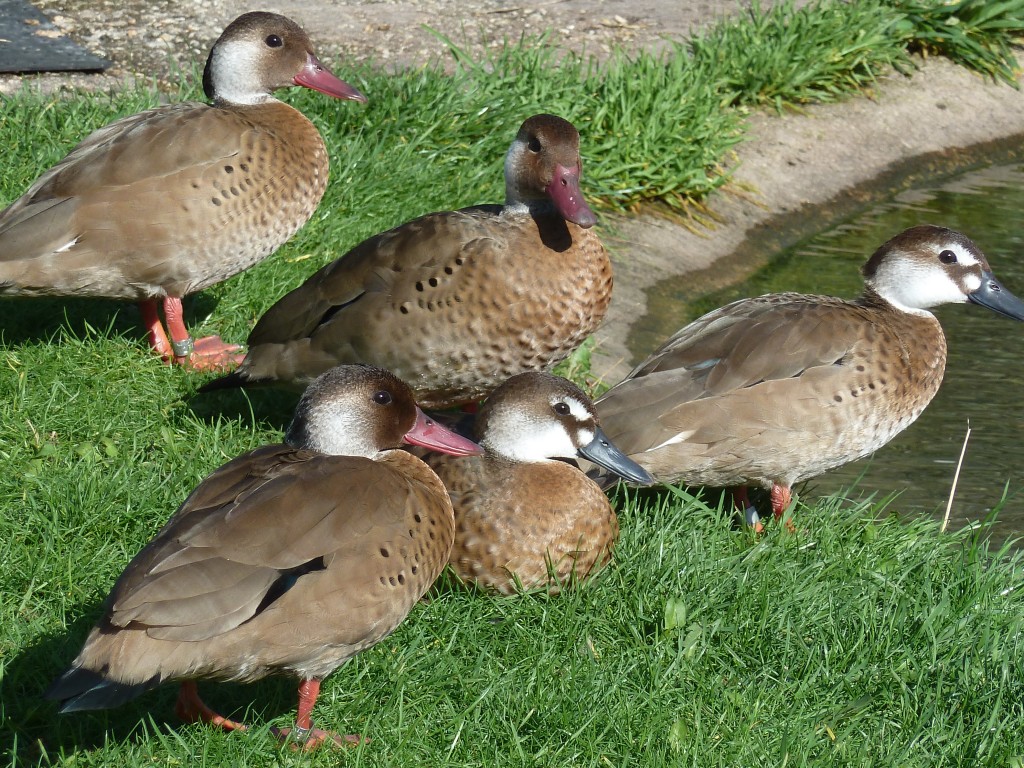
The best though? The Black-headed duck. These gorgeous little parasites (I'm not being mean; it's true!) have had a wonderful breeding season, with one female successfully parasitising over 6 nests! She started off with the Canvasback, then the Argentine ruddy, then the Freckled duck twice and a Ring-necked duck before returning for a final time in the Freckled. Other females laid in other aviaries, but sadly none of these were fertile (possibly too young.) She laid a stunning 15 eggs bless her! I think i'll treat her like a princess this winter! They might be small little brown jobs, but they exhibit an odd sort of beauty. Their plumage is very rich and textural, their bodies and beaks very long, their merciless little black eyes very shiny. They look so very funny trying to walk on land that you can't help but smile :) Maybe my bias is based on their captive rarity, but hey! I'm excessively proud of the Duckery this season.
